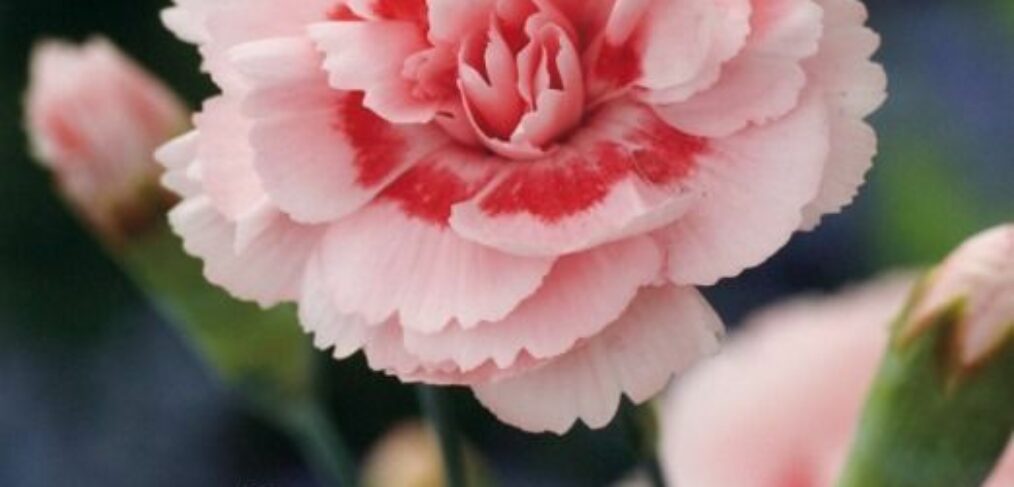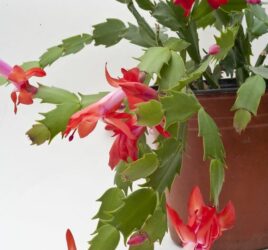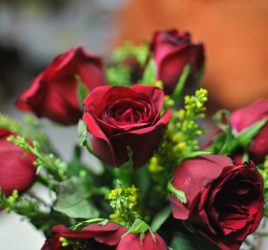
EDIBLE FLOWERS
Edible flowers have been used in culinary practices for centuries, adding unique flavors, vibrant colors, and intriguing textures to various dishes. From ancient civilizations to modern gastronomy, the use of flowers in food has evolved significantly, reflecting cultural, aesthetic, and nutritional values.
This guide delves into the world of edible flowers, exploring their types, benefits, culinary uses, and safety considerations.
History and Cultural Significance
Historically, edible flowers have been an integral part of different cuisines around the world. Ancient Romans and Greeks used flowers like violets and roses in their dishes, while in Asia, chrysanthemums and daylilies have long been part of traditional recipes. The Victorian era saw a resurgence in the use of flowers in food, particularly in desserts and beverages.
Types of Edible Flowers
There are numerous flowers that are safe to eat, each offering distinct flavors and uses:
- Nasturtiums: These vibrant flowers are known for their peppery taste, similar to watercress, and are often used in salads and garnishes.
- Pansies: Mild and slightly sweet, pansies are used primarily for their aesthetic appeal in desserts, salads, and cocktails.
- Calendula (Marigold): Often referred to as “poor man’s saffron,” calendula petals add a slight peppery taste and vibrant color to dishes.
- Lavender: Known for its strong fragrance, lavender is used in baked goods, teas, and as a flavoring in savory dishes.
- Roses: Rose petals are sweet and aromatic, commonly used in desserts, jams, and beverages.
- Hibiscus: With a tart, cranberry-like flavor, hibiscus is popular in teas and can be used in sauces and desserts.
- Chamomile: These daisy-like flowers are best known for their use in herbal teas, offering a mild, apple-like flavor.
- Chive Blossoms: Offering a mild onion flavor, chive blossoms are great in salads, soups, and as a garnish.
Nutritional and Health Benefits
Edible flowers are not just decorative; many offer nutritional benefits:
– Antioxidants: Many edible flowers, like hibiscus and calendula, are rich in antioxidants, which help fight free radicals in the body.
– Vitamins and Minerals: Flowers like nasturtiums and pansies contain vitamins A, C, and E, as well as minerals like calcium and potassium.
– Anti-inflammatory Properties: Flowers such as chamomile and calendula have anti-inflammatory properties and are often used in herbal medicine.
Culinary Uses
Edible flowers can be used in various culinary applications:
– Salads: Flowers like nasturtiums, pansies, and chive blossoms add color, flavor, and texture to salads.
– Beverages: Hibiscus and lavender are popular in teas, while rose petals can be used in cocktails and syrups.
– Desserts: Flowers such as roses, violets, and lavender can be used in cakes, cookies, and ice creams.
– Garnishes: Edible flowers are often used to garnish dishes, enhancing visual appeal and adding subtle flavors.
Safety and Considerations
While many flowers are edible, some are toxic and should never be consumed. Here are some important safety tips:
– Correct Identification: Always ensure that the flower is correctly identified and confirmed as edible. Misidentification can lead to poisoning.
– Pesticide-Free: Use flowers that are grown organically without pesticides or chemicals.
– Moderation: Some edible flowers can cause allergic reactions or digestive issues if consumed in large quantities, so moderation is key.
– Source: Only consume flowers from trusted sources, such as reputable nurseries or those grown in your own garden.
Edible flowers offer a fascinating and flavorful way to enhance culinary creations. By understanding the types, benefits, and safe usage of these blooms, you can incorporate them into your cooking and enjoy both their aesthetic and nutritional contributions. Whether used as a garnish, ingredient, or centerpiece, edible flowers bring a touch of nature’s beauty and taste to the table.



